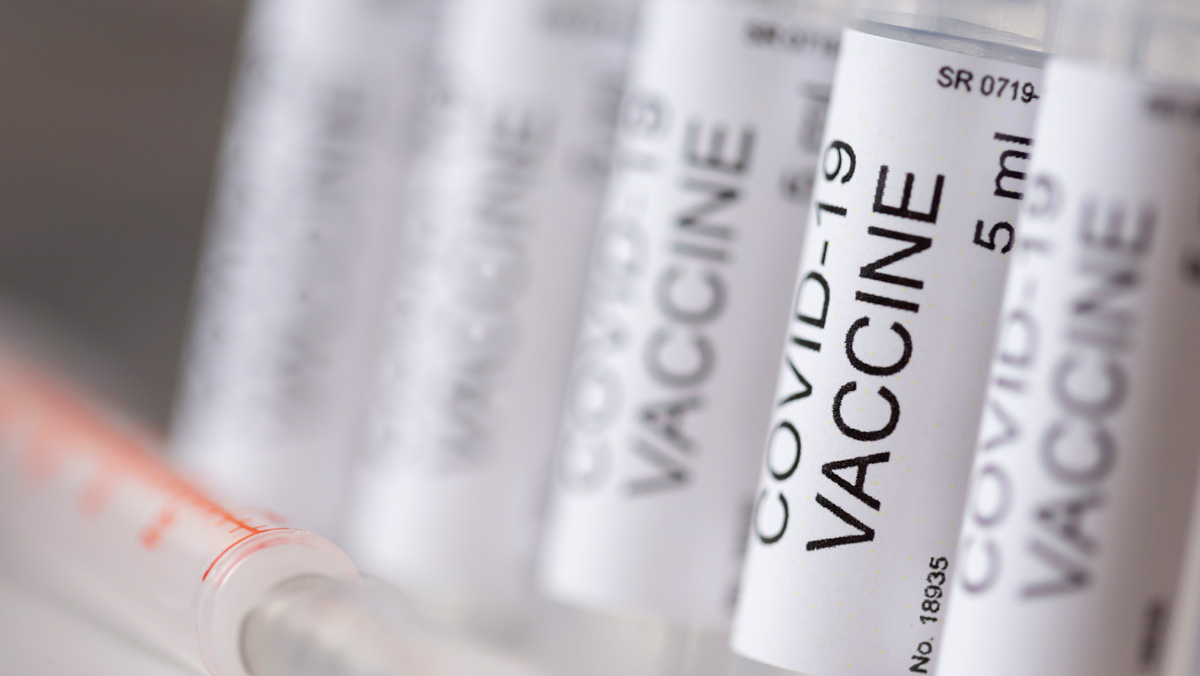Coronavirus vaccine: how pharma is picking up the pace

The world is waiting with bated breath for a coronavirus vaccine, which has become one of the most sought-after pharmaceutical products of the last century. The hope is that a vaccine can stop the global pandemic and ensure countries can safely end lockdown measures.
But even with large pharma companies like Sanofi, GSK, and J&J working on candidates, a vaccine is unlikely to be ready before governments feel economic and political pressure to ease lockdowns – even with the expedited trial and review processes that are being utilised.
As Dr James Cummings, president of government and public health solutions at ICON, notes this ultimately means that a vaccine is “just one part of the overall solution” to covid-19 – and there will have to be other measures used in the meantime to ensure infection rates don’t rise again when social distancing ends.
“There's a lot we’re still learning about the coronavirus. We also need to look at solutions like diagnostics, or therapies that can minimise the impact of infection. Vaccines certainly have a large part in the strategy, but it's only one part.”
Nevertheless, he notes that in recent years the pharma industry has become much more agile in delivering solutions in a shorter timeframe.
“It is difficult to pinpoint when a vaccine will be available, but there are already candidates in phase one studies right now.”
Dr Nuala Murphy, ICON’s president of clinical research services, says that the current response has been “extremely rapid”. She stresses the importance of CROs helping regulators and customers to expedite the process.
“It's key to work with principal investigators who understand this environment and are willing to be part of the solution – as well as having an expedited process around regulatory approvals.”
Thankfully, ICON has seen great enthusiasm from the sector – when the company reached out to a large pool of investigators to assess their interest, 88% expressed interest in being part of the solution in a space of 24 hours.
Learning from past outbreaks
Cummings notes that much of the response to coronavirus has been informed by the sector’s experiences with previous outbreaks like Ebola and SARS.
“The upside of these situations is that we learn from each of them and we develop our systems, our tools and our contacts to respond to them better next time. Each time we go through situations like this we learn where the friction points are and how we can adapt to make the process better – not just for the current outbreak but for outbreaks that will likely come up in the future.”
He says that Ebola, for example, showed the importance of integrating into regulatory processes so that timelines can be compressed.
“It's very helpful that delivering these solutions is currently everyone’s priority, allowing us to build relationships with regulatory agencies and ensure that we can front-load the review process and not let things stall.”
Murphy cautions, though, that while there is much to learn from previous pandemics, there are always going to be unpredictable elements in these kinds of situations and trials.
“To mitigate issues it’s important to be able to provide alternatives solutions – such as remote monitoring – or to ensure that you’re able to manage the data from afar, with advanced analytics, and still follow patients. You also need to be certain that whatever treatments they are being prescribed are still available in the trials.”
“It's important to learn as we go,” adds Cummings, “not just in terms of proper execution, but also by getting good data and using it as information that can help shape and inform solutions moving forward. For example, many vaccines are now being developed that focus on the spike protein on the coronavirus since it was mapped.”
Access concerns
Once a vaccine is ready, the most pertinent question will be how countries ensure widespread access to the inoculation.
Companies like Sanofi, GSK and J&J have signalled that they are keen to ensure the vaccine is easily available to those who need it, but how this might work in practice is still unknown.
As part of the virtual eyeforpharma Barcelona conference in March, professor of infectious disease epidemiology at London School of Hygiene and Tropical Medicine (LSHTM), David Heymann – who led the WHO response to the SARS in 2003 and is currently advising the WHO on its coronavirus response – acknowledged that there is uncertainty over whether the production capacity exists to produce enough vaccinations to serve both developed and developing countries.
“It must be made available to populations in need – perhaps to frontline health workers first, and then to the elderly and others, and it will be a real issue to make sure that there is equity,” he said, speaking to Reuter’s editor-at-large Axel Threlfall.
Fortunately, he noted that organisations such as the World Health Organization and the Coalition for Epidemic Preparedness Innovations (CEPI) are working on coronavirus vaccines accessibility.
“Hopefully we won’t run into the problems we’ve run into with other vaccines not being available to all countries when they need to be.”
He said there will likely be an emergency licence provided to these vaccines, which permits them to be used after they’ve been shown to be safe and effective in humans, and “looking more at what happens after vaccination than what happens during vaccination”.
Heymann said he was seeing great amounts of partnership at all levels of the industry.
“We began to see that in the SARS outbreak when people were freely sharing information, and we’re seeing that again now. For example, major medical journals are doing rapid peer reviewed scientific articles and putting them on the web in front of their paywalls. That’s unheard of. That way academics can get their credit for having published and the public health community can also understand what’s going on and get rapid answers to the questions that remain.”










